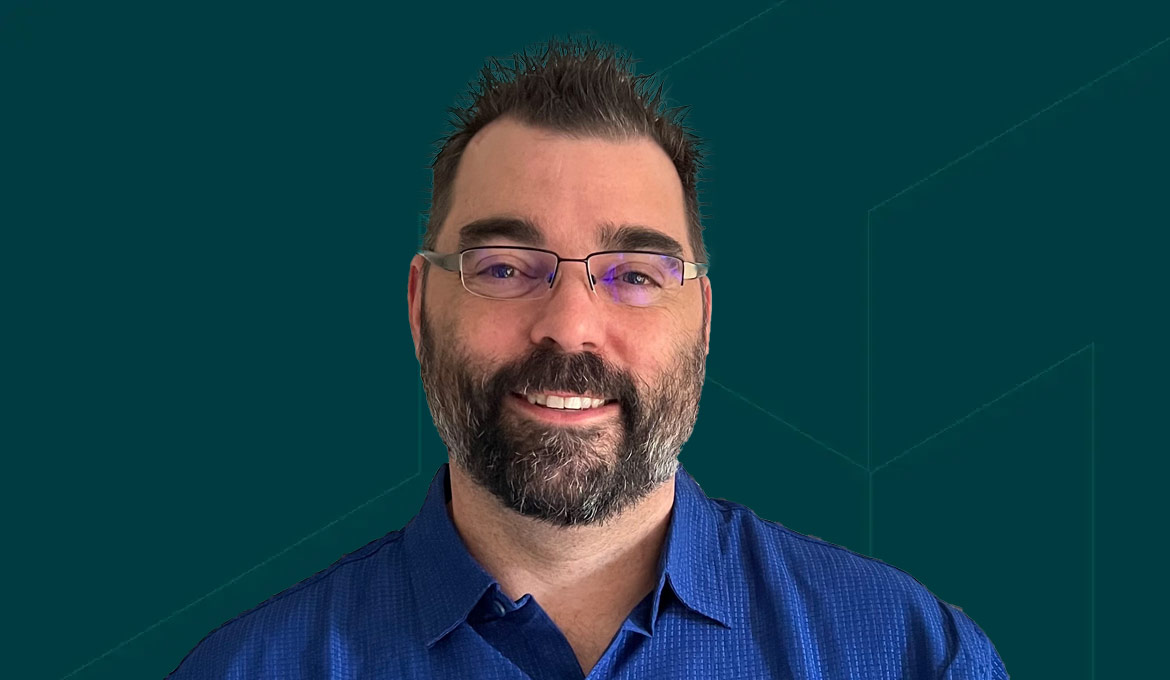
Meet the Titan Cloud Team: Jeff Sexten
Your environmental compliance team has been through a lot of change over the past few years. The 2005 Energy Policy Act is fully in place and that means increased UST regulations and added another layer of complexity for many high-performing environmental compliance teams. Turbulent economic challenges and a global pandemic also means some teams are under-staffed, having to accomplish more with fewer resources. As if that wasn’t enough, the pandemic also changed many inspectors’ habits, leading to more fines and raising the stakes for understaffed teams.
Ultimately, this adds up to an industry facing new and increasing challenges. That’s left some environmental teams scrambling to stay up to date. But under these same challenging circumstances, some teams aren’t just surviving, they’re thriving.
So what separates high-performing environmental teams from their competitors? At Titan Cloud, we work with high-performing teams every day and we’ve noticed that the most successful teams have a few things in common.
Here, we share the 4 most common practices that differentiates high-performing teams from the rest. Best of all, you can implement these tactics right away.
Too often, operators are reactive to problems instead of proactive, but high-performing environmental teams stay ahead of major problems by fixing small ones.
With all the literal noise from beeping ATGs and other alerts, teams often jump from one emergency to the next without leaving any time or resources for non-emergent problems. However, high-performing teams are able to break this cycle and devote time and energy to fixing minor problems before they become major ones. They’re able to operate this efficiently because they’re consistent. They bake in time to perform visual inspections regularly, even if there isn’t an operator on site requiring it.
Become a high-performing team by proactively and consistently looking at release detection alerts, inventory variance trends, etc. to head off issues before they become headline-making problems.
ATGs constantly send alarms. Frequently these alarms are just informational and, as a result, local operators ignore them until ignoring an alarm becomes the standard operating procedure.
Until a show-stopping event occurs, that is. Too often, crucial alarms get lost in the noise.
But high-performing teams do things differently. Their operators are trained to respond to ATG alarms and already have a plan in place for anything that requires corrective action. These operators know what to do, how to do it, and who to contact in their chain of command.
When an event occurs that needs attention, high-performing environmental teams spot it and act on it right away, making a quick fix far more likely than if the problem had been allowed to progress.
High-performing environmental teams file notes electronically and follow-up quickly to get first-time fixes. They don’t waste valuable time hunting through filing cabinets, shoeboxes, or spreadsheets.
The information they need—operator classifications, warranties, records of action, NOVs, etc.—is available digitally to their internal teams and to operators and vendors. These files are often kept together in the same portal, with each component linking to the next.
High-performing environmental teams don’t worry that the same problems will keep showing up during inspections, creating a paper-trail of inaction to be flagged by inspectors.
Instead, they have clear documentation from problem to solution that everyone can follow, be it an inspector, a boss, or vendors.
Speaking of vendors, many teams these days use 3rd party inspectors and wouldn’t be able to fulfill their obligations without them. Almost all 3rd party vendors use their individual app which can create more problems:
These various apps and associated issues are a major headache. Some teams accept them as the price of doing business with 3rd party vendors, but not the high-performing teams.
Instead of several point solutions with limited visibility, they opt for a single platform where everyone has access to the information they need. These teams are able to standardize their processes—and no, the processes don’t include shoeboxes or manually entering data you already have. Instead, technology populates that information for them.
Even with increasing regulations and decreasing resources, some environmental teams are performing better than ever. They’ve found an efficient solution that allows them to work smarter and save time and money: digitization. The above characteristics are easily accomplished with the right digital tools.
Technology allows you to cut down on timely—not to mention error-prone—manual processes and start automating repetitive tasks. Too many teams still consider manual processes and paperwork problems unavoidable. An all-in-one platform, on the other hand, allows all of your teams and even your vendors to access the most important information from the same source.
You could be operating more efficiently. Your competitors might already be. If you’re interested in becoming a high-performing environmental team, contact us and our team will be ready to help.
